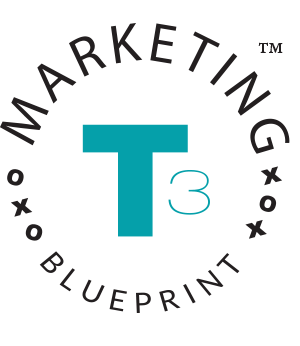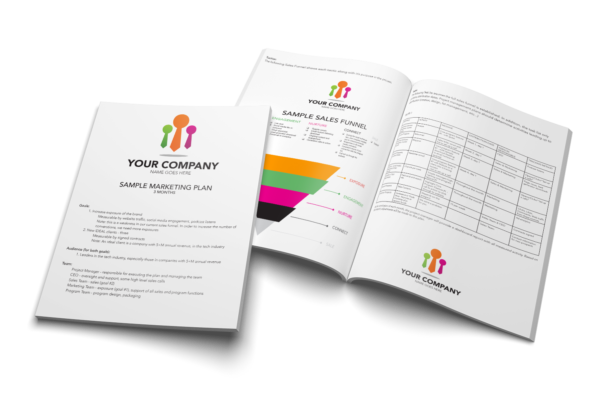There is no argument…marketing planning is a big task. Sure, you can break it into chunks and do a little at a time, but as Brian Tracy says in Eat That Frog! 21 Great Ways to Stop Procrastinating and Get More Done in Less Time, “If you have to eat two frogs, eat the ugliest one first. This is another way of saying that if you have two important tasks before you, start with the biggest, hardest, and most important task first.”
Assuming you are going to take this advice (please do), set aside a chunk of time for planning and don’t do it alone. Even if you are a small shop, gather a team of advisors, subcontractors, and prospective customers to help you dream up the best plan possible. Don’t cut yourself short on time. You can always wrap up early, but it’s hard to add more time. Start with a half day per planning area. As the coordinator of this process, you will need to take your time setting the stage for each area.
Before you start, there are certain things to have in place. Remember those 7 P’s. While this process can help reveal holes that need further development or uncover opportunity to improve upon your previous plans, it is intended to work with a group to document the work you’ve already done and creatively plan the promotions you’ll do for your products and services.
Before your planning session, you’ll need to know:
– Product
– Price
– Packaging
– Messaging
– People
Define What Your are Creating a Plan For
When you sell physical products, this is an easy one. For a service organization, these are defined a bit differently. A product for a nonprofit might be a program offering or a service. It also might mean a fundraising or educational campaign. It could also be an event. Alternatively, it might even be a significant change in the company – an executive transition, a product launch, or an acquisition or merger. You may also need to consider a marketing plan for a crisis. In this case, it becomes more of a communication plan than marketing, but many of the same principles apply.

Collect Data
So that your planning session goes smoothly, collect all the essential information you may need before you start. It is frustrating for all involved to walk into a planning session and be paralyzed by incomplete data. Before you begin, make sure you have at the ready any written strategic plans in place, past sales and performance measures, goals, and any audience/market research that has been done.
Invite the Right People
Decide who needs to be involved. If you are doing multiple plans, it may be different people for each plan. For example, marketing for your organization’s gala would include different people than marketing for the launch of a new widget. Involve the people who are creating the product, own the goals and who will be executing tasks.
Start with the end in mind:
It will vary from industry to industry, and size of your organization, but it is usually a good idea to include anyone who needs to share ownership in the decisions made. It’s sometimes helpful to ask, “Who might object to this plan?” and “Who can help make this plan better?” Those are the people that should be in the room. While a variety of input can be helpful, don’t let the room get too big. Don’t invite people who are going to hijack the conversation or take you down a tangent every five minutes. If you must, spend some time beforehand helping each person understand the objectives, their role on the team, and your expectations for their involvement.
Planning Session facilitator:
It is an excellent idea to have a facilitator who isn’t a part of the decision making. This is a person who can focus on the process, capturing information and making sure that each participant is honored and has space to offer valuable input. If you don’t have anyone in your organization who can do this, consider inviting a trusted outsider to help. This can be a marketing director or business owner, as long as that person can manage the conversation in a way that empowers others’ involvement.
Scribe:
To capture your planning into a final format, you’ll need a scribe. There are a couple of different options. First, you can have someone document work as you go. This person’s role is not to contribute to the conversation, but to capture and document decisions. It can also work to have the facilitator keep notes, take photos of the joint work and write it all in the final document after the planning session. Either way is fine, as long as the person capturing the information is competent and thorough.
Program/Product/Service Leader:
This is the person or persons who have created the product, are most passionate about it and understand it best. It is important to honor the work and knowledge that these people bring to the table. However, marketing isn’t about telling the consumers how to make the clock; it’s about giving them a tool that tells them what time it is. Don’t get stuck in the curse of knowledge. Create a solid message ahead of time, so that you can avoid the rabbit holes that derail good planning time.
Marketing Leader:
In most small businesses, someone is assigned to handle marketing. It is critical that this person is in the room and has a high level of input. Unless she/he is new, they will likely have a strong sense of who the audience is and the tools that can work to reach them.
Gather Supplies
• Large White Notepad with sticky trim on the top. Pro tip – don’t skimp and purchase the generic brand. You’ll regret it. They don’t stick!
• Notepads & pens for each participant
• Copies of previous materials
• A sample of the product you intend to market
• Variety of colors of post-it notes – again, don’t buy generic. They don’t stick as well.
• Sharpie markers
• Your T3 Marketing Blueprint Template





